What to see at Preah Palilay?
Terrace and walkway towards the temple
A well preserved 30 meters long terrace with seven headed Naga balustrades lies East of the temple. At the front of the terrace were two guardian lions, of which one is left.
From the temple a walkway leads towards the gopura, the entrance gate to the temple. Around halfway the walkway is a small wooden structure containing a seated Buddha image set on a pediment out of stone blocks. The large stone Buddha in the “Calling the Earth to Witness” mudra is of a more recent date.
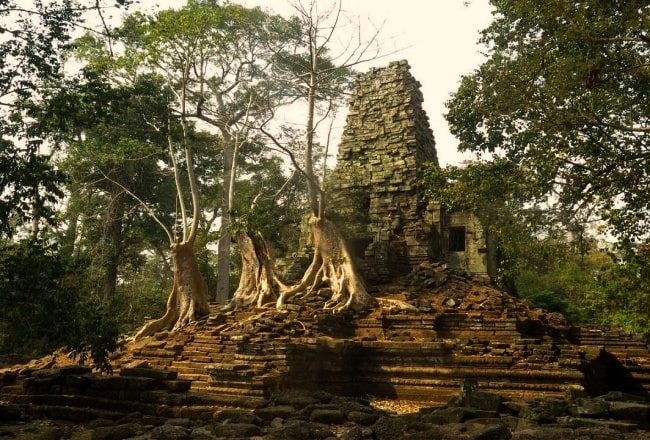
Gopura entrance building
The Preah Palilay sanctuary is enclosed by a laterite wall 50 meters long and 50 meters wide. The Eastern wall contains a gopura entrance building with a cruciform floor plan and a single tower in the center. The large central entrance is flanked by two smaller entrance doors.
The gopura’s pediments contain a seated Buddha, a reclining Buddha and depictions of several Buddhist stories, including the story of the Buddha subduing the elephant Nalagiri, depicted in two scenes. The first sculpture shows the raging elephant attacking the Buddha, the second shows the elephant subdued and kneeling down in front of the Buddha. Another sculpture shows a scene from the Vessantara Jataka, where the Buddha gives away his two children, thereby displaying the virtue of charity.
Further sculptures show depictions of Indra on the three headed elephant Airavata, and Varuna, the Hindu God of the sky, water and the oceans. The gopura building was restored using the anastylosis method in the 1930’s.
The chimney tower like sanctuary
Behind the gopura is the temple on top of a 6 meter high base. A stairway on all four sides leads to the top. A few large trees in front of the tower have been cut down in 2009 to protect it from the growing tree roots.
The sandstone monument shaped like a large chimney tower has an entrance and vestibule on each of its four sides. Its pediments are decorated with sculpted depictions of Buddhist scenes. The inside of the temple is filled with rubble and large stones and not easily accessible.
Below is the glimpse of Preah Palilay in 360o viewing:
Location
Preah Palilay is located around 400m north of Phimeanakas and 350m west of Tep Pranam inside the ancient city of Angkor Thom. It’s a little away from the main road going towards the north gate, but worth venturing through the forest to have a look.
Check the location of Preah Palilay on Google Maps for your reference:
Getting There
To get to Preah Palilay, you can walk north on a small path from Phimeanakas. Alternatively, you can keep heading north towards the North Gate of Angkor Thom and head west when you get past both the Terrace of the Elephants and the Terrace of the Leper King. The entrance to the path is opposite Preah Pithu and some small shops and restaurants. This is a popular parking area for tour buses and tuk tuks. It’s also a popular spot to stop for lunch.
Preah Palilay Tours
Preah Palilay isn’t often featured on tours. However, both the Angkor Small Circuit Tour and the Grand Circuit Tour pass right by it. The small circuit often stops at Phimeanakas and you can take a short detour to get to Preah Palilay.
If you’re on a private tour or you’re exploring the temples by yourself, then ask your guide or driver to stop when you’re either visiting Phimeanakas or Tep Pranam. If you’re on a shared or group tour, it’s unlikely that you’ll be visiting Preah Palilay unless it is mentioned on your itinerary.
Accommodation
There are no hotels in the Angkor Park and most guests will find a place to stay in Siem Reap town. There are plenty of hotels of all sizes and budgets to choose from. You will find many special offers and deals all year round.
Why Visit Preah Palilay?
The unique chimney like tower is reason enough to spend some time visiting the area. There is also a small Buddhist monastery just behind the temple, so you’ll often see monks relaxing in the area. The temple is also a little away from the main crowds who visit the popular temples, so it can also be a nice escape.
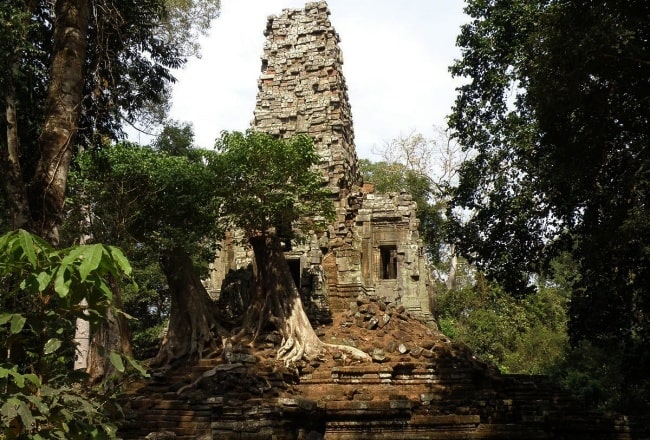
History of Preah Palilay
Preah Palilay lacks a foundation stele or incriptions. The temple also contains both Hindu and Buddhist motifs. This makes it very difficult to know exactly when it was built. Many historians attribute the temple to Jayavarman VIII.
However, during his reign he reverted from Buddhism to Hinduism, so it’s unlikely that he would have ordered Buddhist carvings. Therefore, it might be possible that different parts of Preah Palilay were built at a different times. The tower could have been built in the 12th century and the entrance gate (gopura) in the 13th or 14th centuries.
Like many of the other temples in the area, it’s believed that Preah Palilay was abandoned at some point in the 16th century.
Modern History
Preah Palilay was rediscovered by French explorers in the late 19th century. Just after World War 1 in 1918 – 1919, Henri Marchal cleaned the area. Just before World War Two in 1937 – 1938, the temple was restored using as much of the original materials as possible by Maurice Glaize.
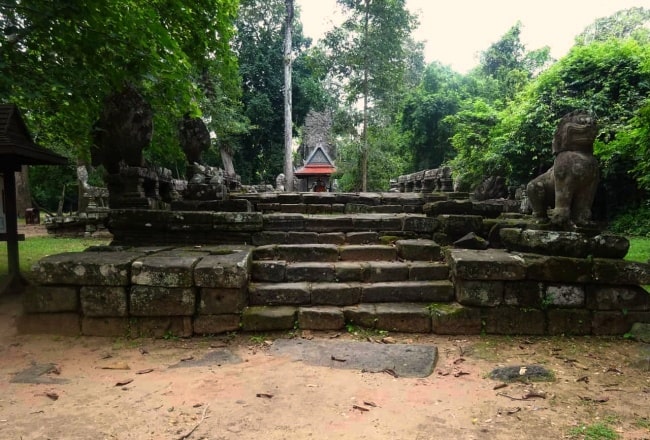
The Layout of Preah Palilay
The temple has a cross-shaped terrace, 8.5 m by 30 m long, with seven-headed nāga balustrades in good conditions, on the east, guarded by two decapitated dvarapalas and a lion (of an original two). A 33 m-long causeway connects it to the single sandstone gopura. Before the laterite enclosure 50 m square there is a shrine with a 3 m tall statue of Buddha, sitting on a lotus, of a later period.
The gopura has three entrances, the east-facing pediment of the northern one shows "the offering of the animals in the forest of Parilyyaka", where the Buddha retreated after leaving Kosambi. It seems that the origin of Pralilay could have been the alteration of the name Parilyyaka. Other pediments show other scenes from the life of the Buddha including Sujata's offering of rice-milk to the Buddha-to-be, and the subjugation of the elephant Nalagiri.
The sandstone sanctuary stands on a three-tiered basement, 6 m high in overall. It has a 5 m square central chamber that opens to the four cardinal points with as many vestibules. Their classical ornamentations, unfortunately ruined, suggest that the sanctuary belongs to the first half of the 12th century and is older than the gopura. Even the characteristic "chimney-like" tower that stands above seems to be a later addition (Willetts identifying it as belonging to Jayavarman VII's period), maybe a frame for a covering.
Some parts of the pediments have been taken away for safe-keeping, others are lying on the ground. The visible parts show Indra on his mount, the elephant Airavata, and the assault of the demoniac army of Mara.
At the present time there is a little Buddhist monastery near the temple and the presence of the monks in its area is not uncommon.



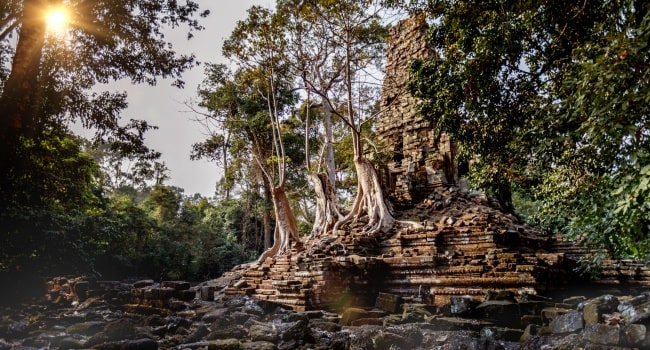

 08/01/2026
08/01/2026

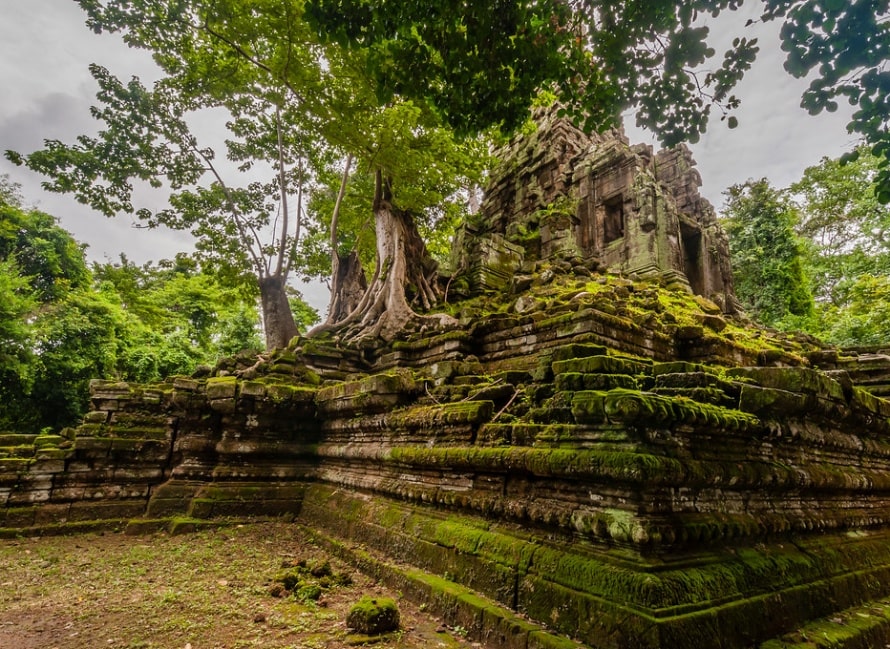
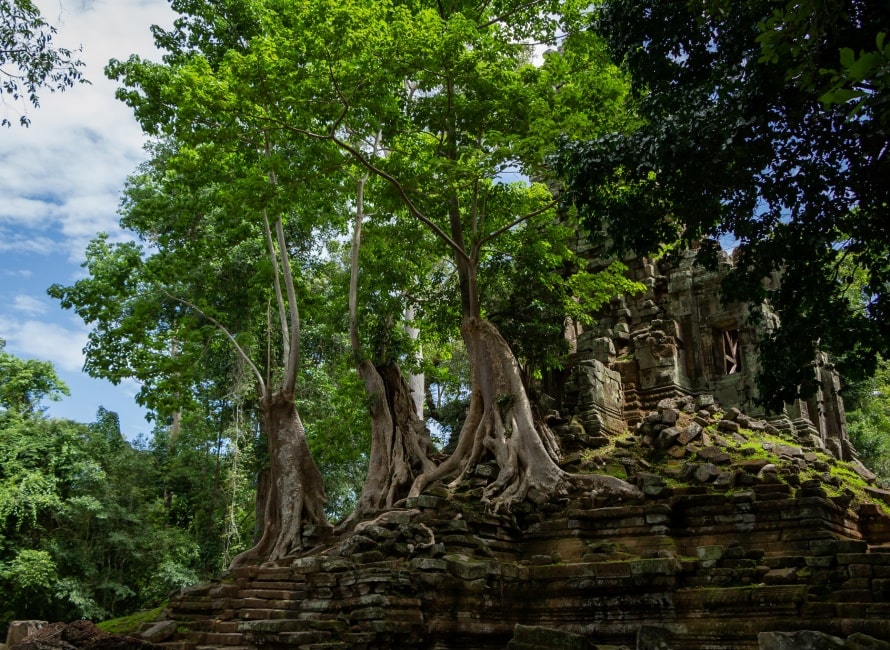
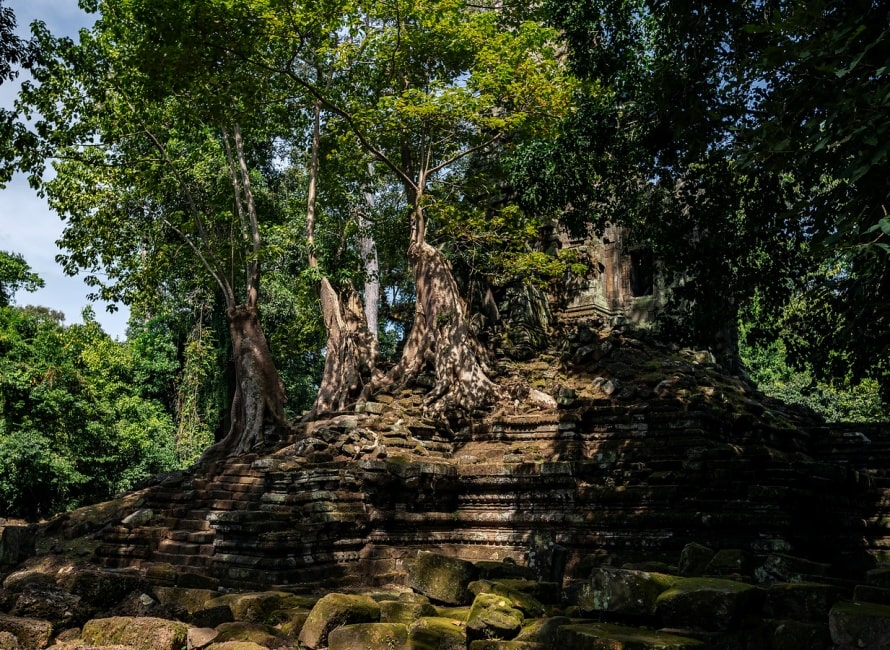
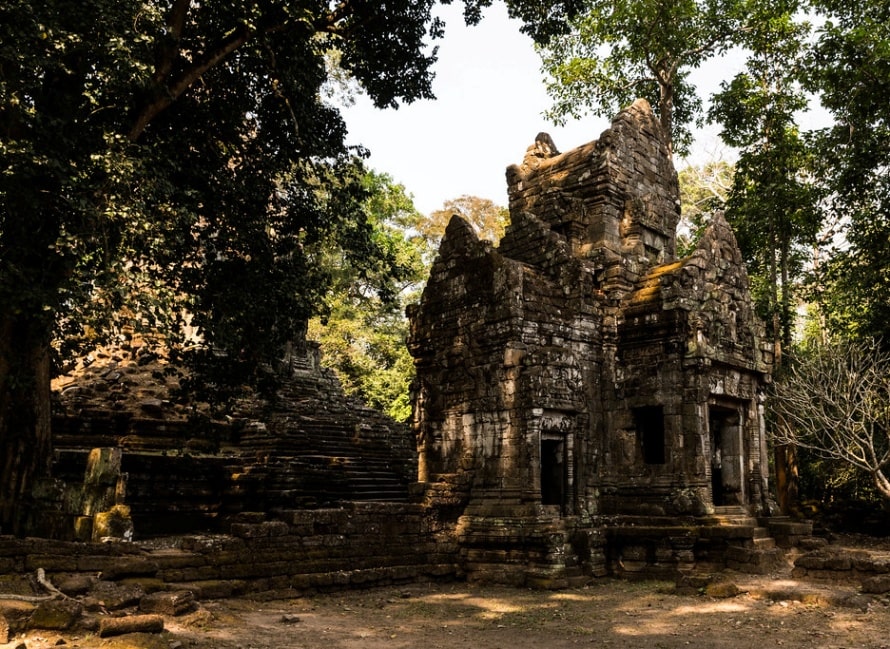
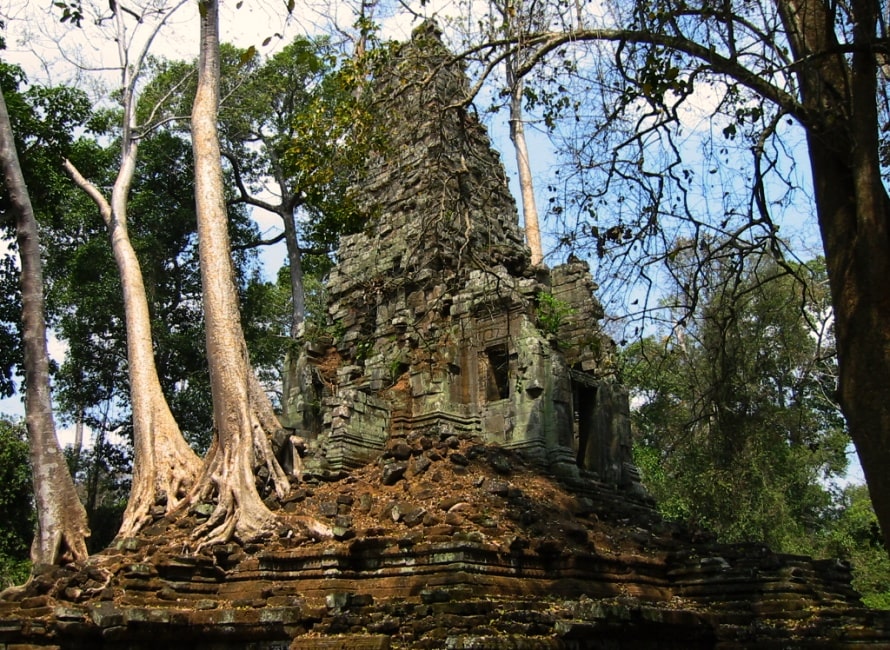
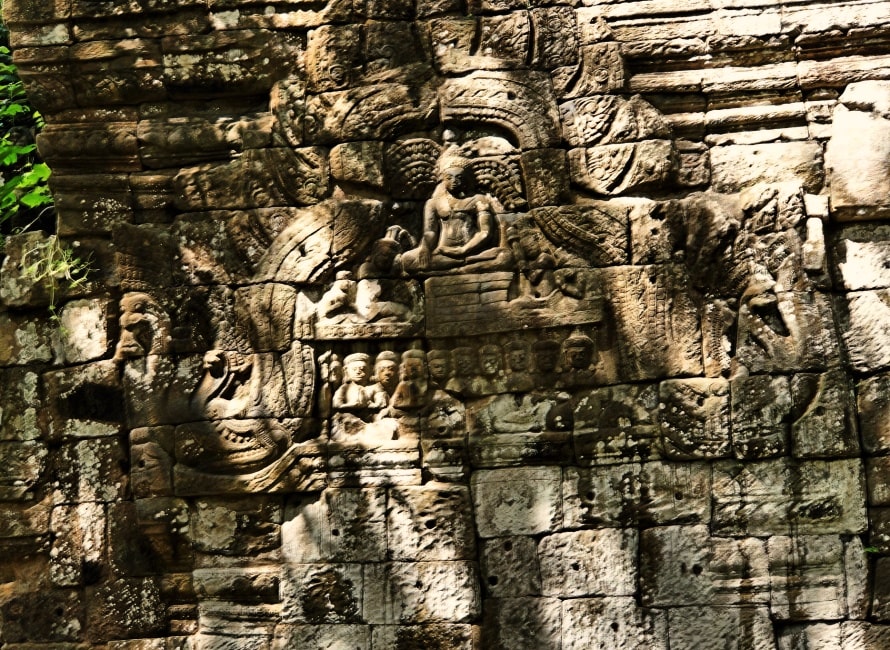
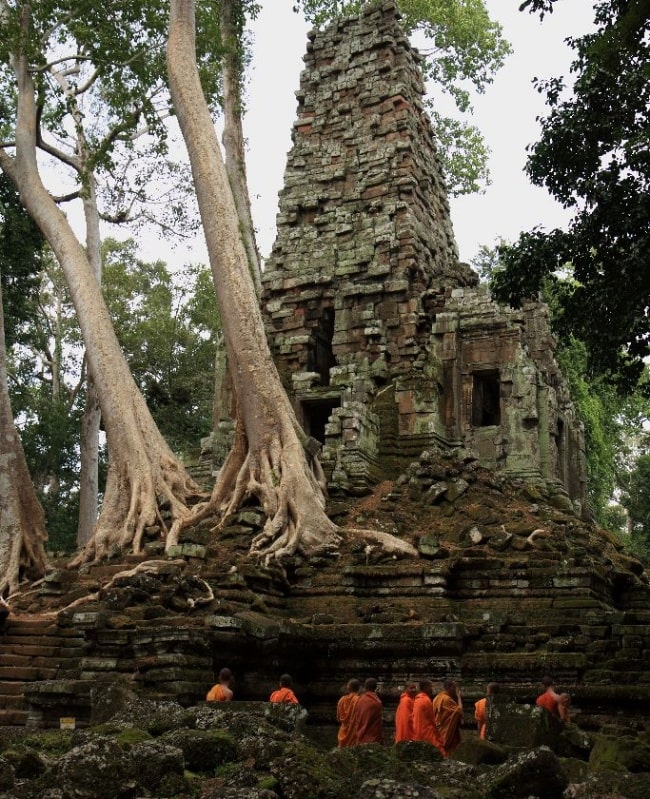
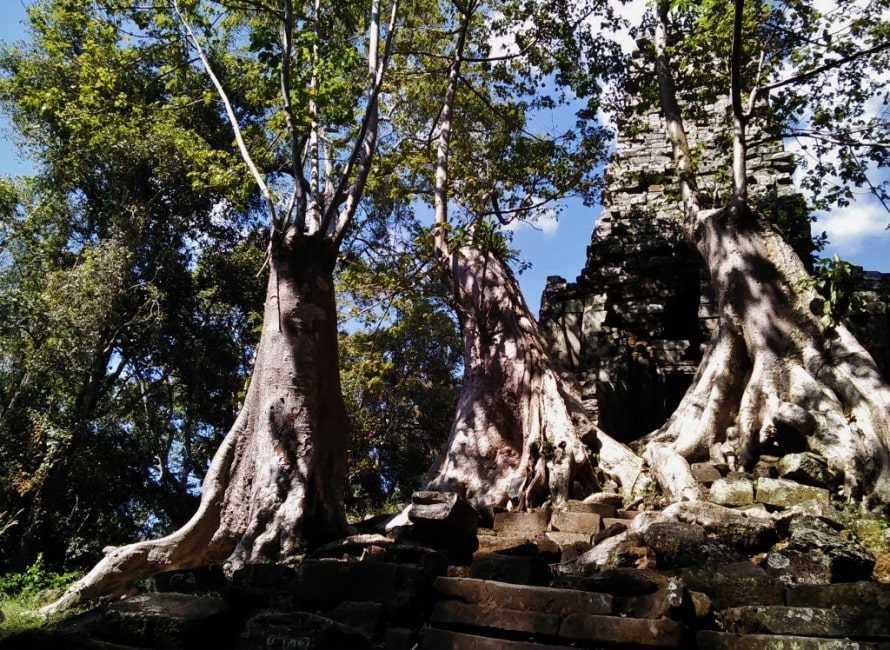
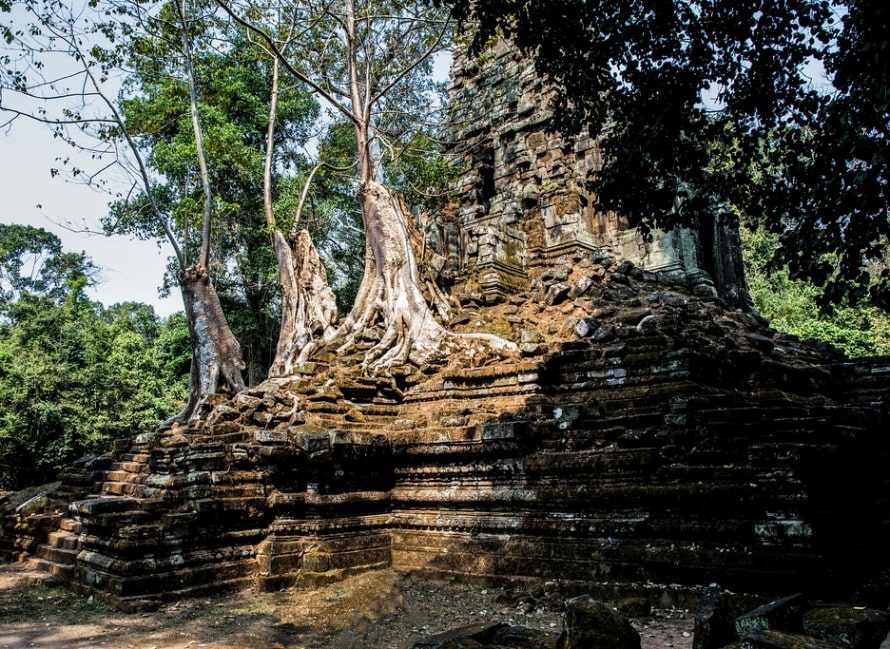




















Jolie LIEMMy name is Jolie, I am a Vietnamese girl growing up in the countryside of Hai Duong, northern Vietnam. Since a little girl, I was always dreaming of exploring the far-away lands, the unseen beauty spots of the world. My dream has been growing bigger and bigger day after day, and I do not miss a chance to make it real. After graduating from the univesity of language in Hanoi, I started the exploration with a travel agency and learning more about travel, especially responsible travel. I love experiencing the different cultures of the different lands and sharing my dream with the whole world. Hope that you love it too!